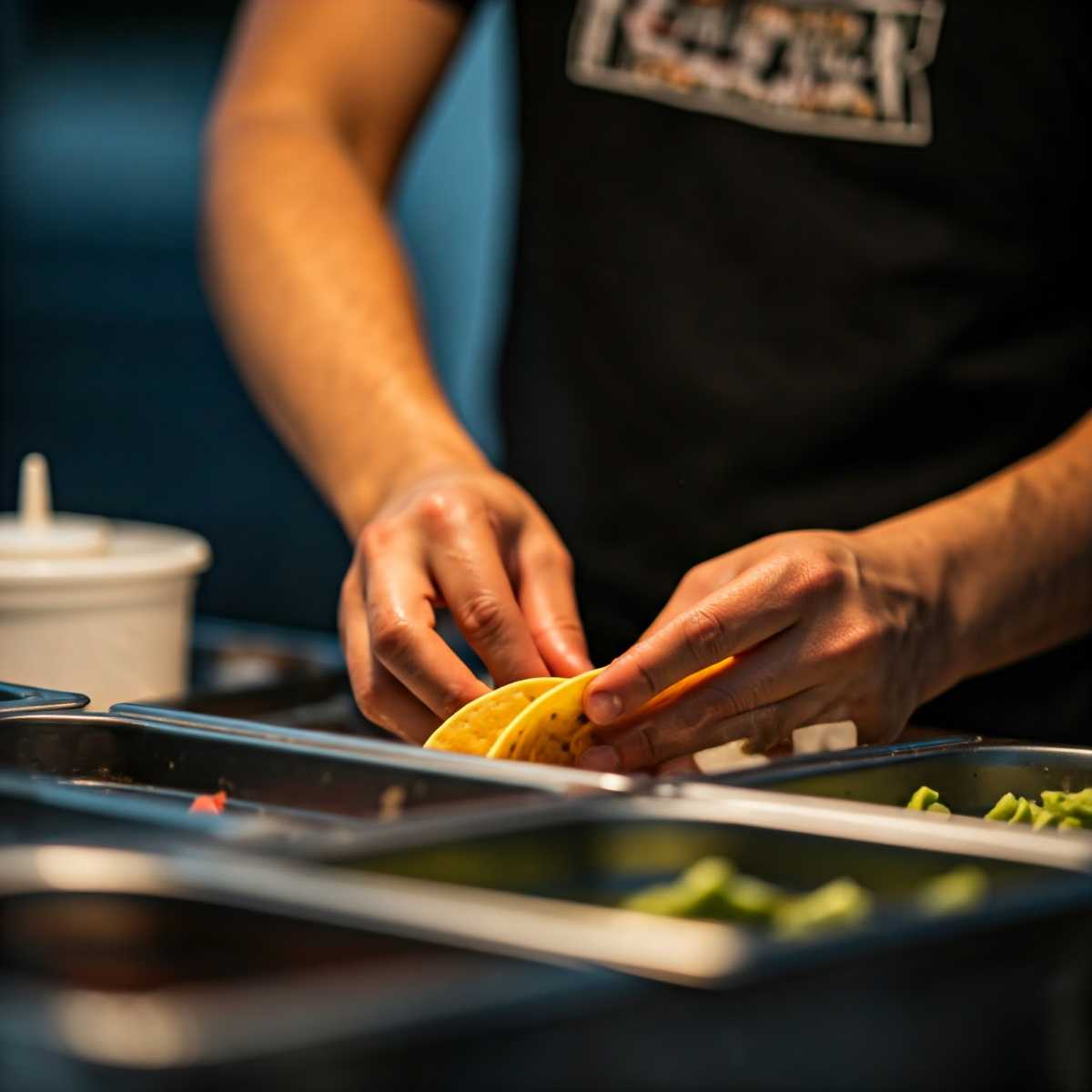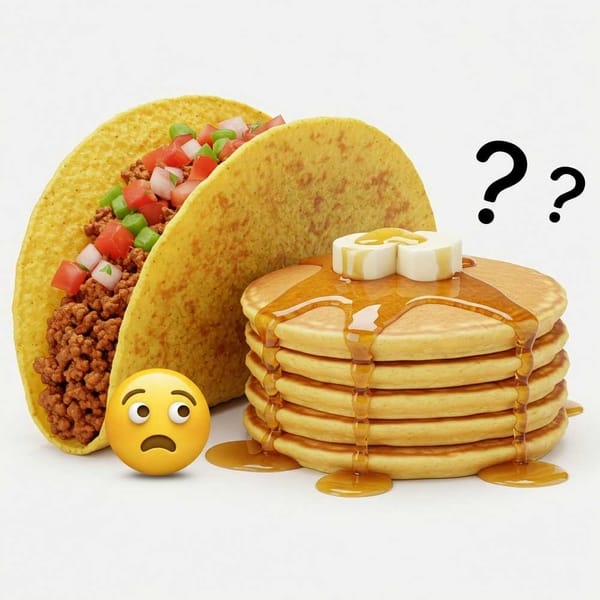How Street Food Feeds Mexico City and Preserves Tradition
Mexico City's street food vendors are vital, comprising over 50% of food sales in some areas. Research reveals they offer affordable, traditional Mexican food, often healthier than supermarket fare, addressing food access issues in a city where many can't afford formal establishments.

If you’ve ever strolled through the streets of Mexico City, your senses are immediately assaulted – and I mean that in the most glorious way – by a cacophony of sights, sounds, and most importantly, smells. From the sizzling hiss of meat on a grill to the earthy aroma of freshly made corn masa, the street food scene is not just a culinary delight; it’s a cultural institution. And, as it turns out, it’s also a vital cog in the city’s food system, as some clever researchers from the National University have been kind enough to point out.
Now, I’ll admit, when someone says, “Let’s talk about sustainability,” my eyes tend to glaze over faster than a Krispy Kreme donut. But stick with me here, because this is not about tofu burgers or some overpriced, kale-infused nonsense. This is about tacos, tamales, and tlacoyos. Yes, you heard me. Tacos, the unsung heroes of urban sustainability.




